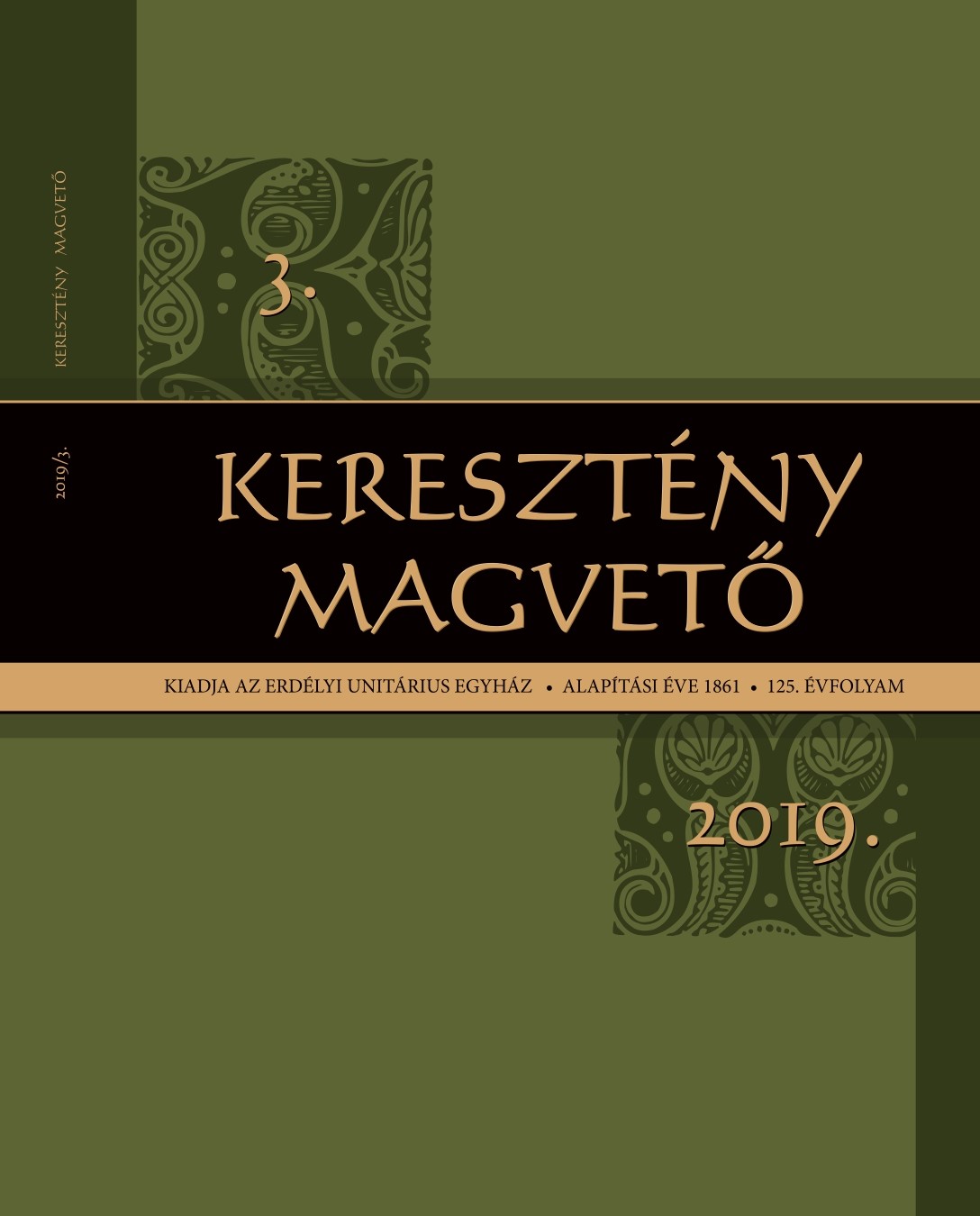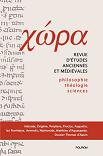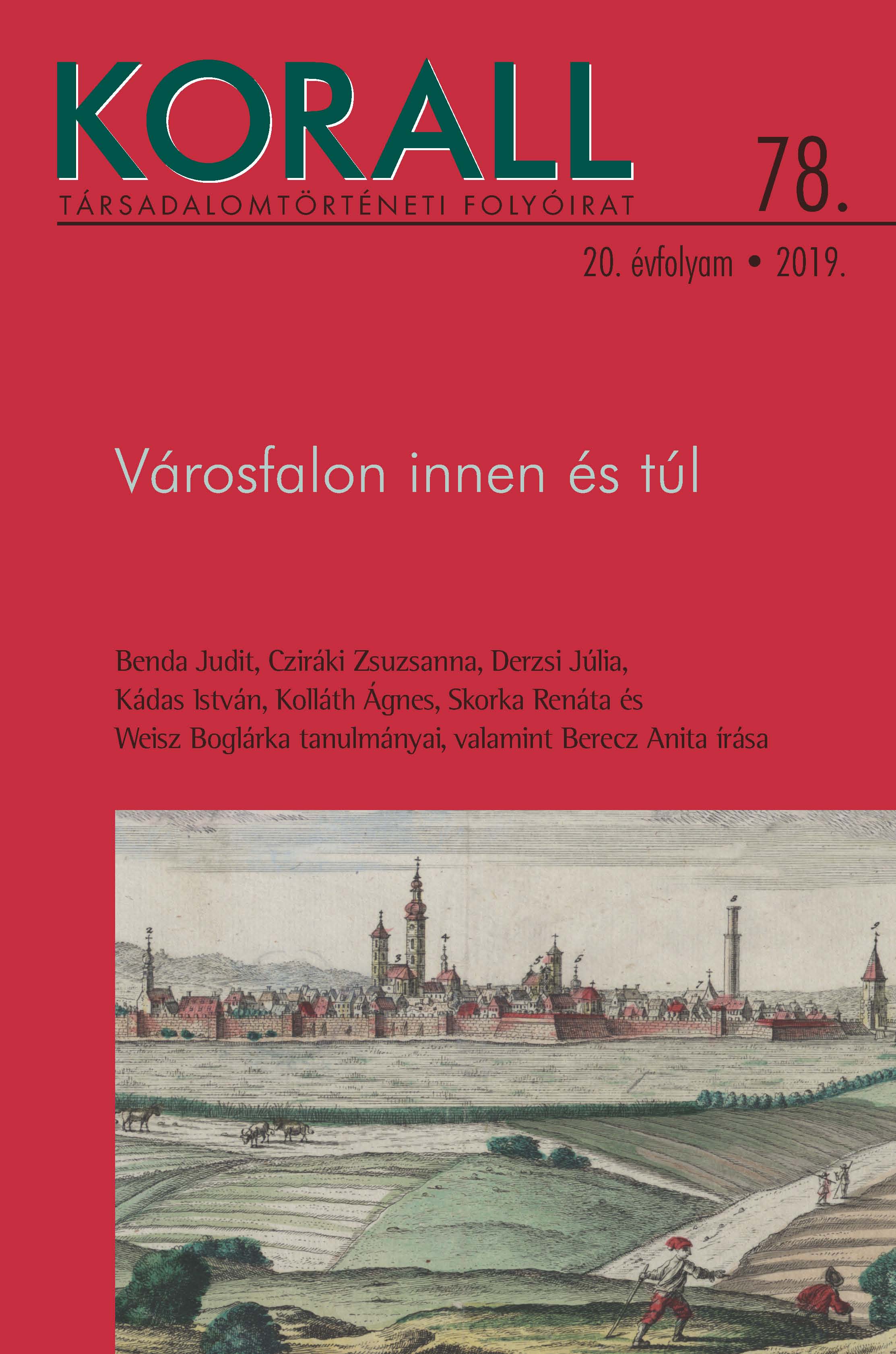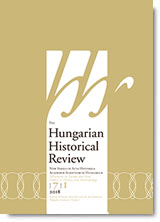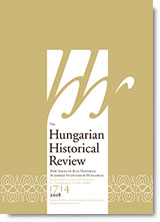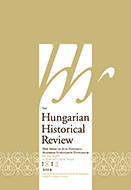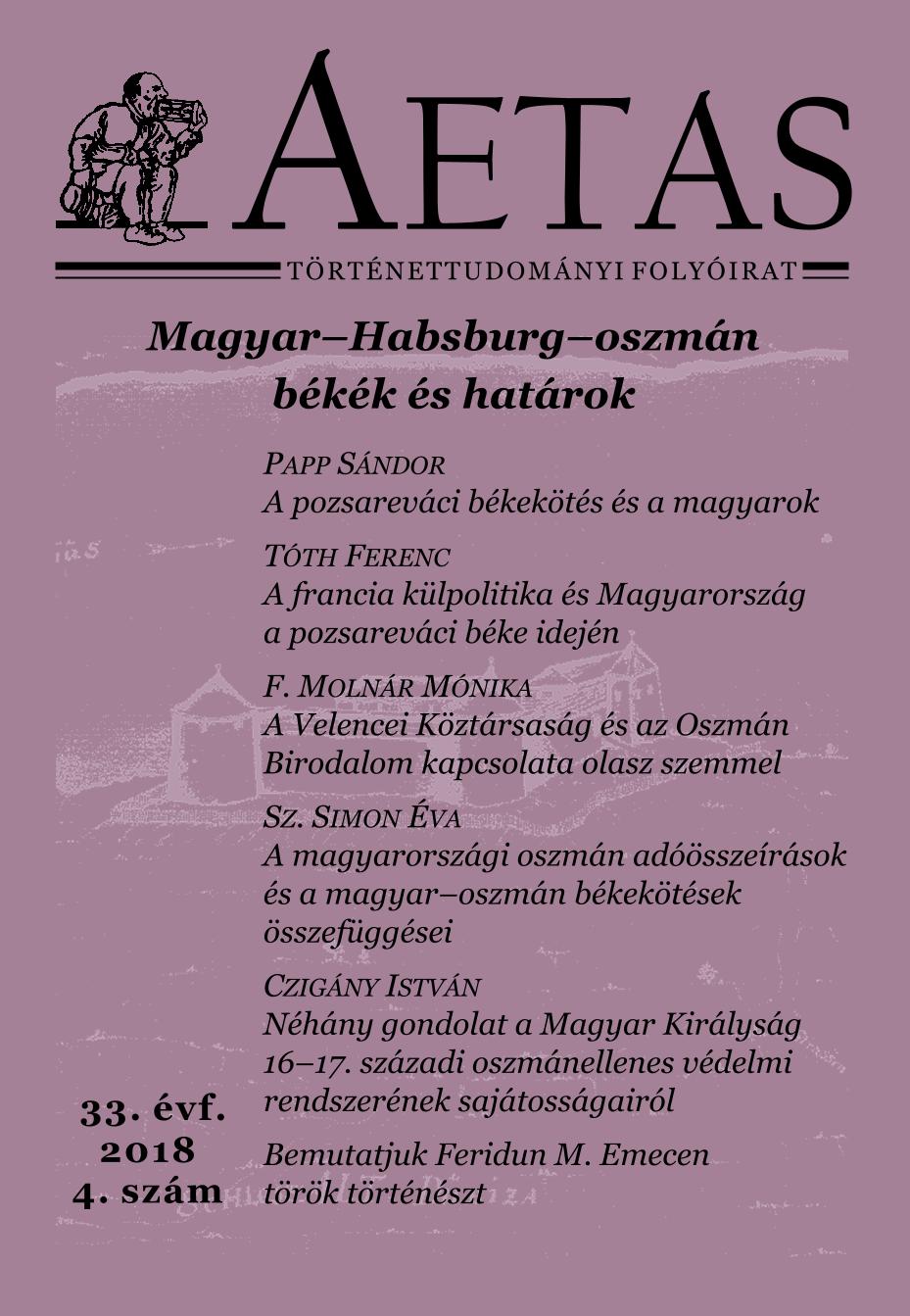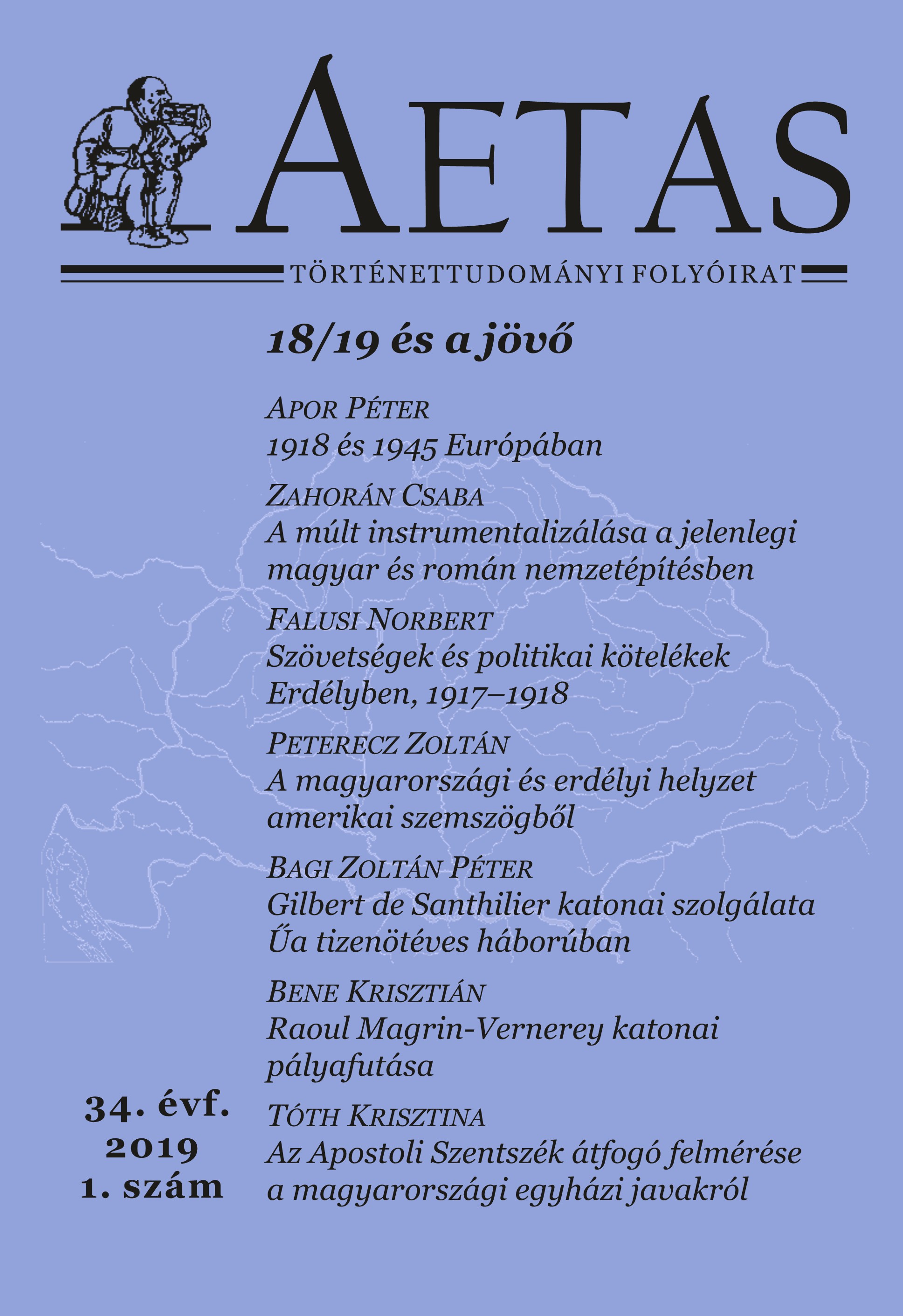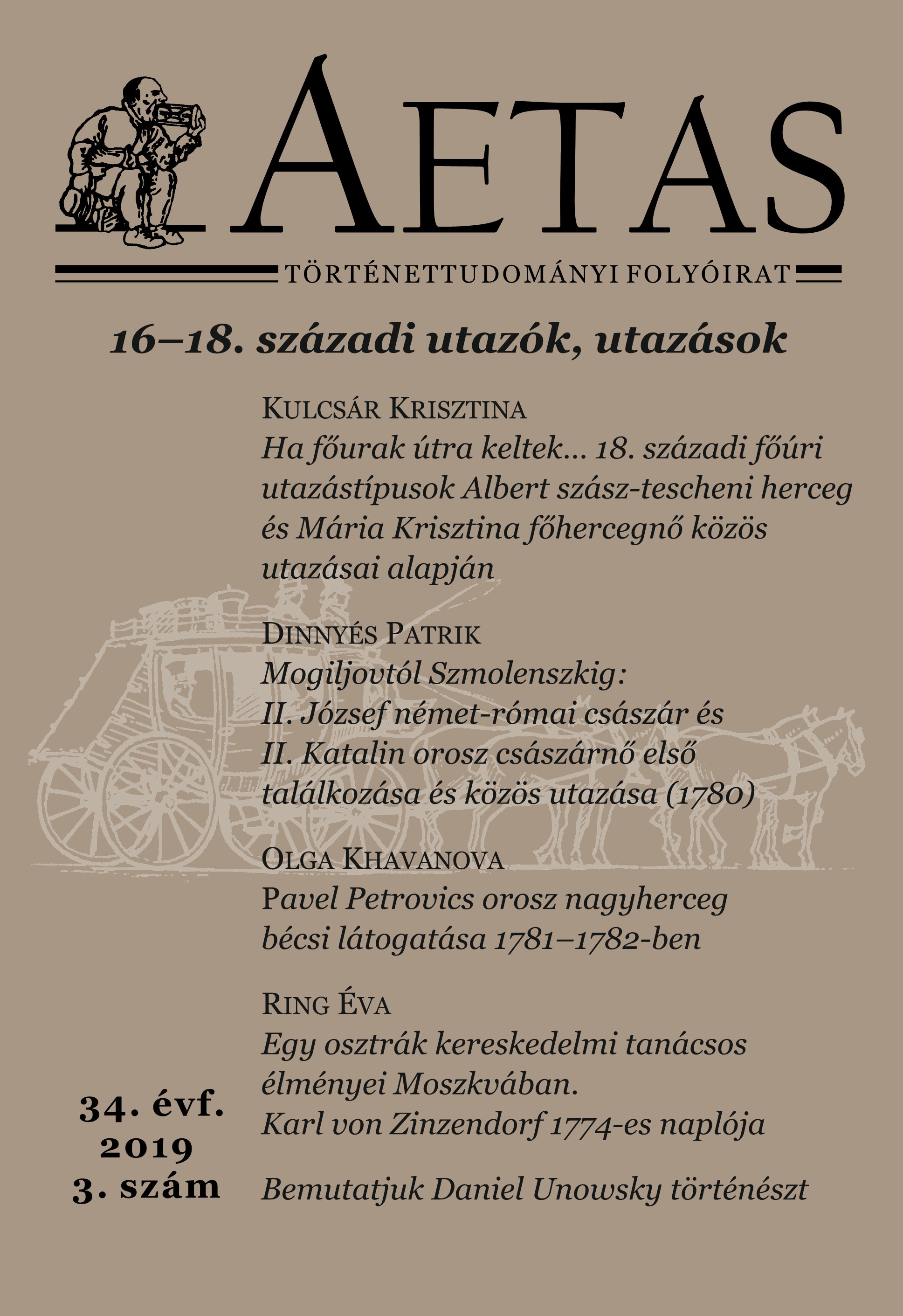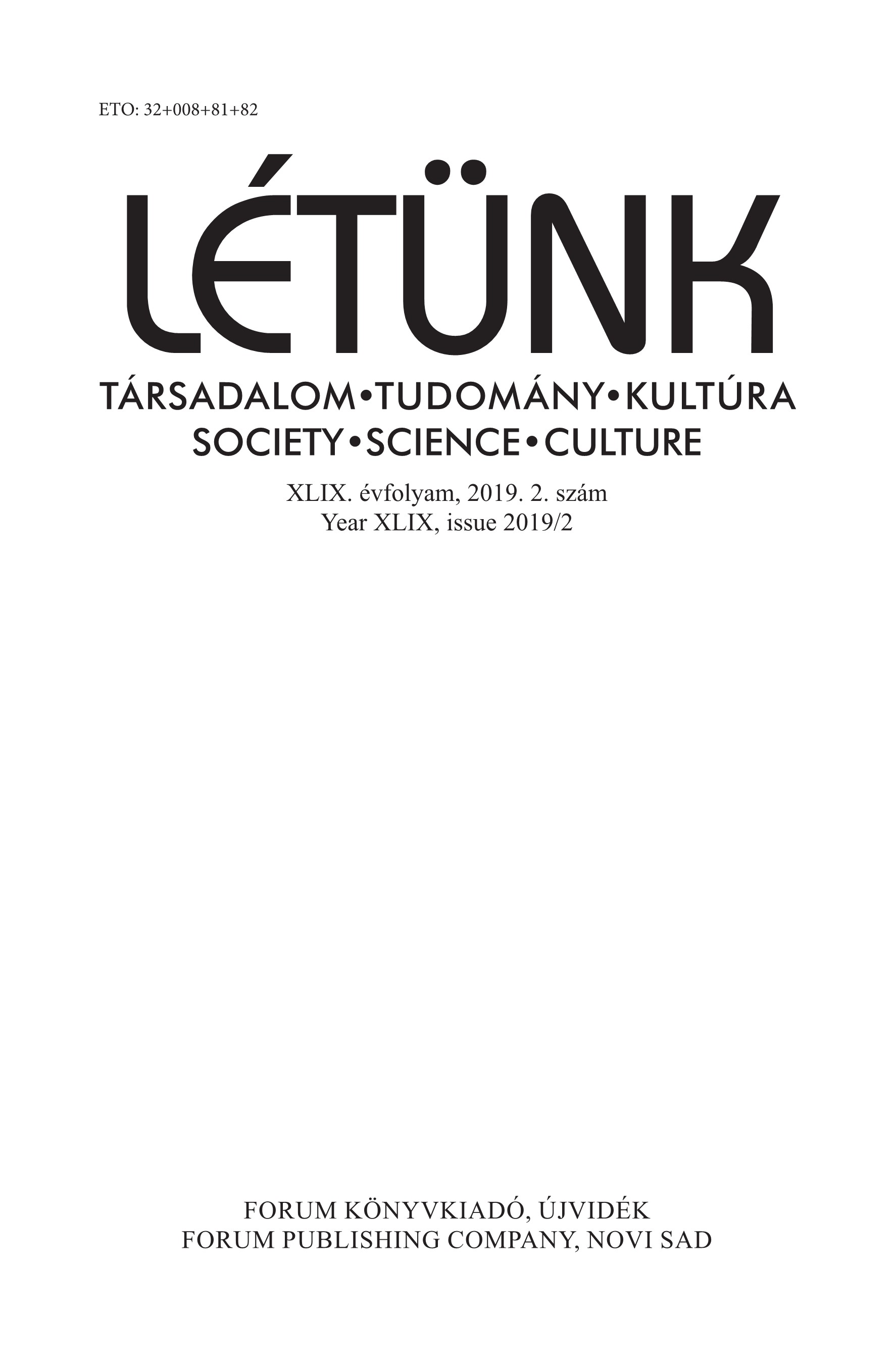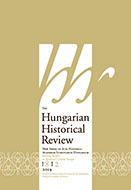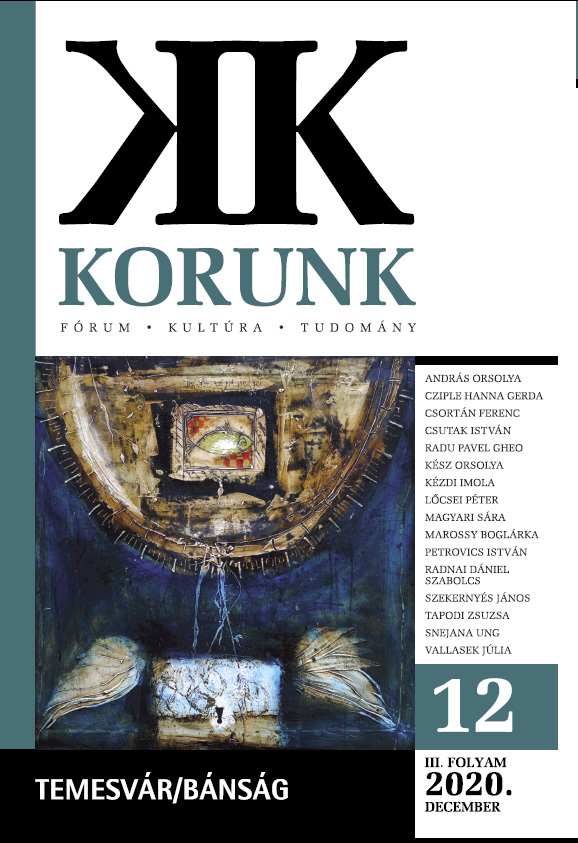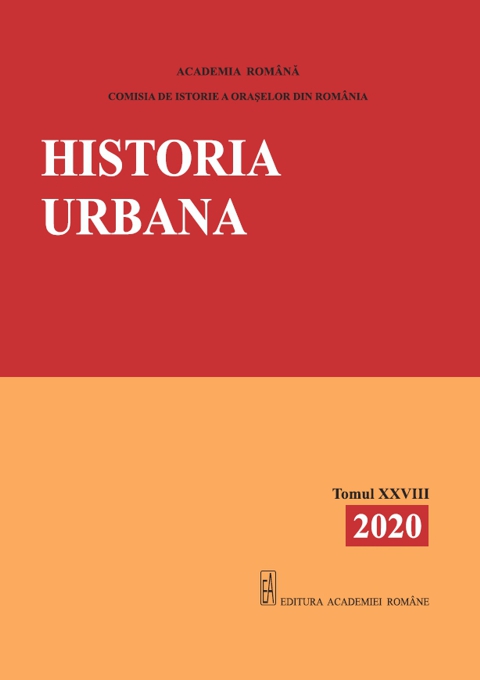Author(s): Zoltán Péter Bagi / Language(s): Hungarian
Issue: 1/2019
Beside the peoples of the 16th-century Habsburg Monarchy (Austrians, Hungarians, Czechs, Moravians, Croats, Dalmatians, Slovaks, Ruthens, Vlachs and Uskoks), Rudolf II’s army included Slavs from the Ottoman-ruled territories (Serbs, Bulgarians and Christian Bosniaks), imperial Germans, Cossacks, Scots, Englishmen, Walloons, Frenchmen, and many Lotharingians as well. This final group was referred to as “borderland nobility” by Péter Sahin-Tóth, as they had a dual identity, language, and culture. Regarding their career and advancement, they had two choices: serving either the Habsburg family or the French kings. From among the Lotharingians who arrived at the Hungarian theatre of the Long Turkish War (1591-1606), my paper intends to present Gilbert de Santhilier’s military career, including his connections, his efforts and his proficiency in ground and naval warfare.
More...

